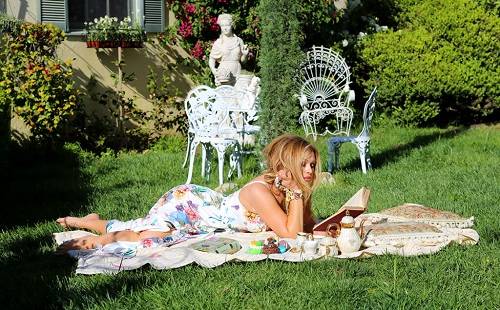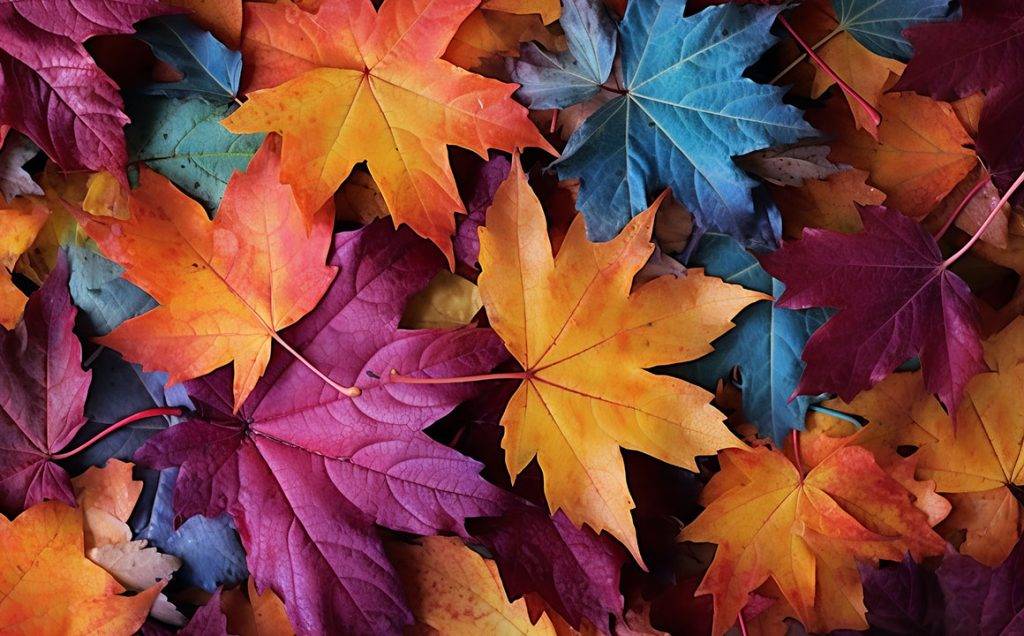Fall equals maple tree season, and what better way is there to embrace that than by learning a little bit more about this magical trees? With their vibrant colors and enchanting silhouettes, maple trees can be considered the it-girl of the tree world. So it’s no surprise that they are so popular amongst gardening enthusiasts and nature lovers alike. That’s why we decided to explore some of the best maple tree variations and help you decide which one could work for you.
Sugar Maple
The sugar maple variation is famous for its stunning foliage that transforms into a brilliant display of fiery reds, oranges, and yellows during fall. Thriving in a variety of soil and weather conditions, sugar maples are ideal for those looking for a resilient option. Revel in its stately presence and graceful form, as it stands tall and proud, it will infuse your backyard with a touch of natural elegance. And what could better celebrate the essence of the fall season?
Japanese Maple
On the other hand, the Japanese maple is known for its delicate frame and captivating leaves. In the fall, they will showcase a stunning array of colors, from reds and oranges to deep purples and greens. Thriving in partial shade and requiring well-drained, acidic soil, the Japanese maple is a perfect choice for those wiling to put in a little bit more effort and TLC. Even though they need more upkeep, the overall results will be worth it. True Japanese maple trees have something so elegant and delicate about them. And that would upgrade any garden.
Red Maple
Discover the timeless elegance and vibrant foliage of the red maple. This iconic tree is famous for its display of reds and oranges that fill your garden with a fiery spirit. Thriving in a variety of soil conditions and exhibiting exceptional adaptability, the red maple is a perfect choice for most people. It will be an eye-catching and low-maintenance addition to your backyard or garden. These stunning beauties generally grow 40 feet tall, however, they can get even bigger than that! So if you considering adding one of them to your outdoor space, keep that in mind!
Norway Maple
Another resilient maple tree variation! And what other to expect from something that is associated with Norway? Besides the well-known vibrant colors and striking foliage, this tree is famous for being a true survivor. It thrives in various soil conditions and exhibits exceptional resilience. And that’s what makes the Norway maple an ideal choice for those seeking a hardy addition to their outdoor space. But one that also looks good!
Silver Maple
The silver maple is known for its shimmering, silvery undersides that create a captivating display within any landscape. Thriving in various conditions, just like most of its siblings, this would be a great choice for most gardeners. However, unlike the rest of the group, silver maples are easy to identify. Their leaves have a specific backside that does have a slight silver sheen to them. And that, of course, also explains their name. Honestly, there is no “bad” variation of maple trees. But if you want the tree in your garden to be slightly more unique, then this could be a great option.
YOU MIGHT ALSO LIKE
Genius Ways to Transform Vintage Furniture into Stylish Outdoor Pieces


